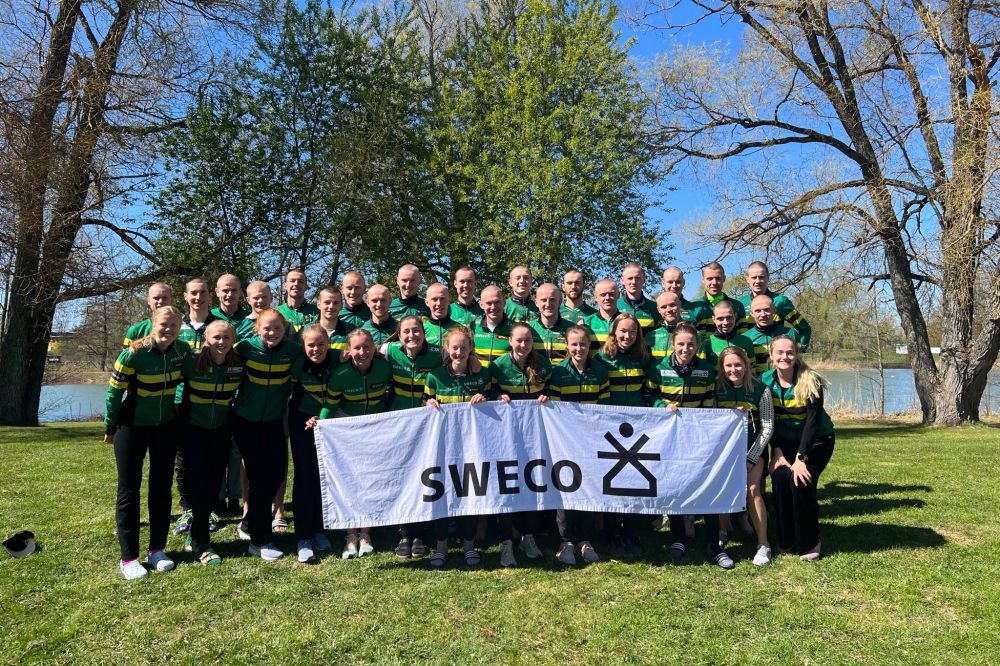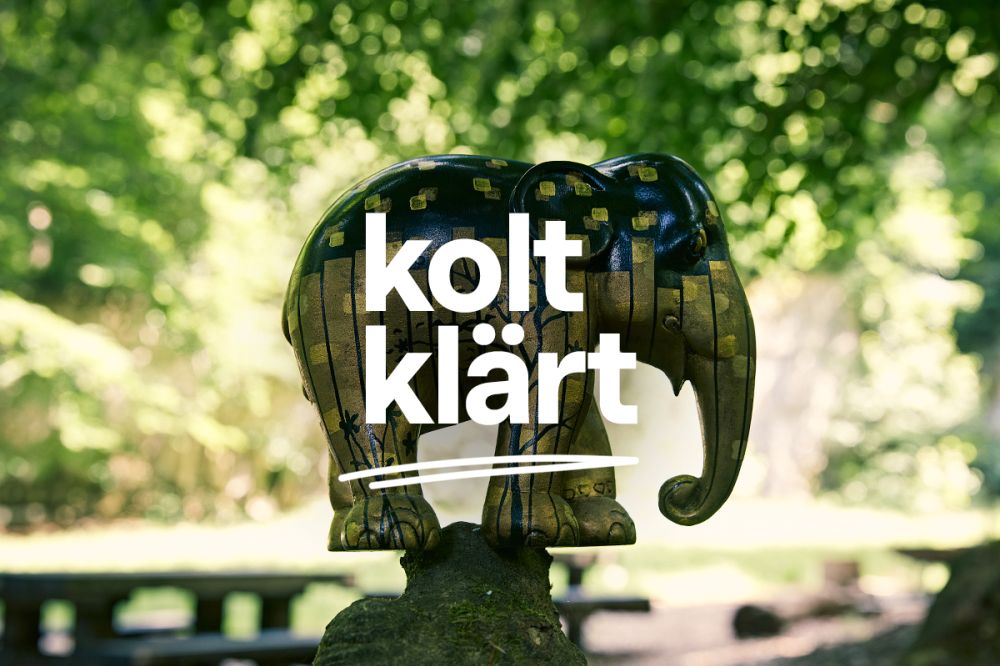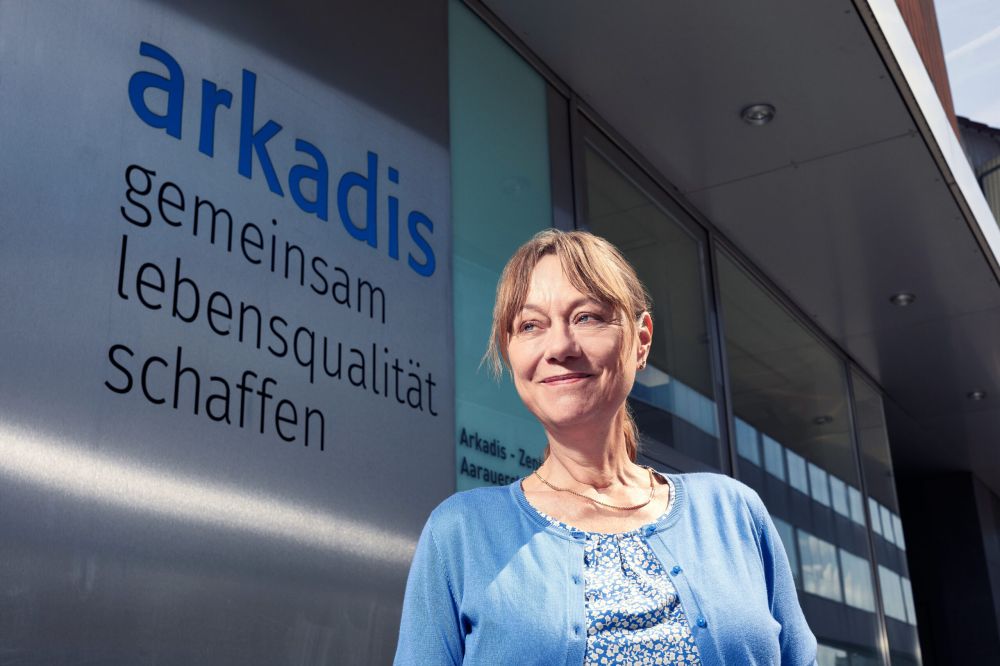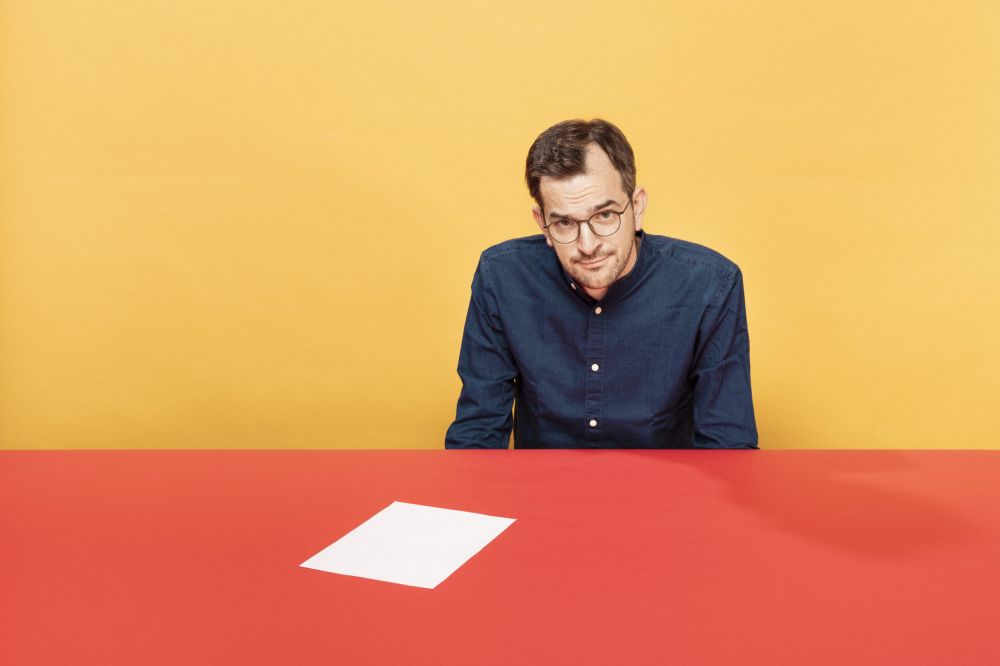“Boxer? Did you go on the Riesenrad this summer? It was special this year.”
“Charles, heights do not interest me. Nor do depths. Only in the figurative sense do they appeal to one’s appreciation of contrast.”
“That was an elegant way of saying you’re scared of heights.”
“As you wish.”
“So, you don’t see yourself as a Seiltänzer, a high-wire acrobat, like the Great Lorenzo?”
“What? Who is the Great – uh – Lasagne?”
“Lorenzo. The Great Lorenzo. Haven’t you heard of him? He’s a touring acrobat. And he’s coming to Olten. Look over there!” We were passing Café Ring, and I pointed to St Martin’s church, the unofficial Oltner Dom, our very own cathedral.
“Yes, Charles. Martinskirche. So?”
“The Great Lorenzo is going to climb up one of the towers, cross over on a tight-rope or high wire he will install to the other tower, and then climb down.”
“I assume he has papal approval? Or at least the local OK.”
“It’s all set! It will be in a month’s time. And it’s free to watch. There is usually a collection after the performance. He’s been doing this in many Swiss cities.”
“And there has never been any trouble?”
“Only in Basel. The Great Lorenzo was scheduled to perform at the Münster – between the Georg and the Martin towers. But then there was that business with the escaped basilisk, so the event had to be cancelled.”
“Ah, yes. The basilisk! A fabulous creature. Have you ever seen one, Charles?”
“Not in the flesh. But they won’t bother us here. Something to do with the fog filtration system keeps them away.”
“Yes, of course. A month from now, you say? That should give me enough time to investigate.”
“Investigate what, Boxer?”
“Why, the church towers, of course. I would like to know more about them.”
“You mean like how tall they are, that sort of thing?”
“Yes. And their names. Their load-bearing capacity. Just a few intimate details.”
* * * *
The big day finally arrived. The square in front of the church was crowded, with wiser observers standing farther away to get a better view. Ringstrasse had been closed to traffic as had all the surrounding streets with vantage points to the two towers. Only Ziegelfeldstrasse was kept open. All windows which afforded a view were jammed with onlookers.
The posters advertising the event told people to expect the action to begin at 11.30, and right on time, a deathly pale, skinny young man dressed in white started working his way through the crowds of bankers, farmers, shoppers, children young and old, all curious to see some excitement in Olten. Even the various street gangs were there, walking around as if unable to focus their attention on the wire stretched between the towers. Boxer and I stood above the crowd on the balcony of a furniture shop across the square.
The Great Lorenzo wore heavy gloves to protect his hands during the climb. His shoes seemed specially designed for high-wire movement. Around his waist was a rope with a clamp at the end to attach to the high wire, for safety reasons, obviously. And around his neck hung a heavy-looking leather pouch. His silver-white hair hung loose and long, down past his shoulders.
Then he disappeared into the church vestibule. As the great clock struck 11.45, the Great Lorenzo popped out of the window above the clock dial, waved, and began his miraculous ascent of the sloped tower up to the globe just below the cross. The climb took him only five minutes!
After a quick clamp onto the high wire, he waved again and began his slow crossing to the other tower. It seemed to take forever, as each second stretched to a minute, each centimetre stretched to what seemed like a metre. He had no pole to balance himself, yet he remained steady – and very slow!
As the crowd all gazed upward, the great bell began to strike the hour of 12.00, and then – it appeared as if the Great Lorenzo, now in the exact centre of the space between the towers, had slipped! The noise of the bell had broken his concentration. What was happening?
Yes, he had slipped, but only as a joke, it seemed, for the Great Lorenzo took the leather pouch from around his neck and opened it, releasing a rain of golden coins upon the crowd. He had timed it all to perfection! As the crowd applauded, some scrambled for the coins, whilst others, previously unnoticed, so well had they blended in, moved quickly amongst the onlookers.
“Boxer! Look! Down there! What on earth is happening? Those people! Who are they?”
“Which people? Mine or Lorenzo’s?”
“What? What the devil do you mean? Boxer! Explain yourself!”
“Have you ever been to Prague, Charles?”
“No. Why? Why Prague?”
“There is a marvellous astronomical clock in the church square, with many moving figures and actions. At mid-day a great crowd gathers to watch, and thieves come to pick the pockets of the distracted onlookers.”
“You mean that the Great Lorenzo is just a fraud?”
“Oh, hardly! He is a very talented young acrobat, as you have just seen. His grandfather was Lazlo Shunt, the legendary Leuconian writer.”
“Leuconian? Who — ?”
“Those inconspicuous, nearly invisible pickpockets are all Leuconians. And they ARE nearly invisible, so delicate and colourless is their complexion. They seem to fade in, blend, in, like camouflage. Indeed, it is even difficult to find Leuconia on a map. They use their invisibility to their advantage. Usually.”
“And what about those down there that you call ‘your people’?”
“My street friends. I told them what to expect and to prevent what they could. Some of the crowd are undercover police, as well. The Leuconians will not get away with it this time. Not in Olten.”
“You’ve really turned your street friends into — “
“No, Charles. I have done nothing more than shown them how to use their innate sense of goodness and kindness in order to help and to serve others in the wider community.”
“Boxer, you are an inspiration. What will happen to the pickpockets?”
“They are going back to Leuconia with a message of warning. And of hope. Some of my friends will go along to teach them better manners at home and abroad. It is a small step, but that is how lessons are learnt.”
“And how did you learn about the Leuconians, Boxer?”
“Ah! Quite by accident. I was looking up the statistics of Martinskirche, and I read that St Martin is also the patron saint of the fabled land of Leuconia. That side-tracked my research.”
“And what about the church towers? What did you learn?”
“Not a single fact, Charles. The data are as elusive as the Great Lorenzo. He seems to have disappeared, did you notice? Scrambled away, most likely.”
“But facts are still facts, Boxer. You should be able to determine the height of the towers digitally.”
“Why, Charles! How clever you are! I was going to ask you to climb each one and throw a rope down. Then we would measure the rope and — “
“Stop! But what about their names? What are the names of the towers?”
“Are you going to write this incident as one of your stories, Charles?”
“I suppose I should. My readers have been asking for more action. And there was certainly enough of that today.”
“Well, in the absence of any other data, you could name the towers whatever you wish. Gog and Magog. Pantagruel and Gargantua. Castor and Pollux. Cennet and Cehennem. Quasi and Modo. The choices are fantastically endless.”

David Pearce ist ein Schweizer Schriftsteller, wohnt seit 2000 in Olten und hat amerikanische, englische und französische Wurzeln. Er schreibt auf Englisch Kurzgeschichten, Romane und Theaterstücke.











Wie würdest du die beiden Kirchtürme der St. Martinskirche nennen?